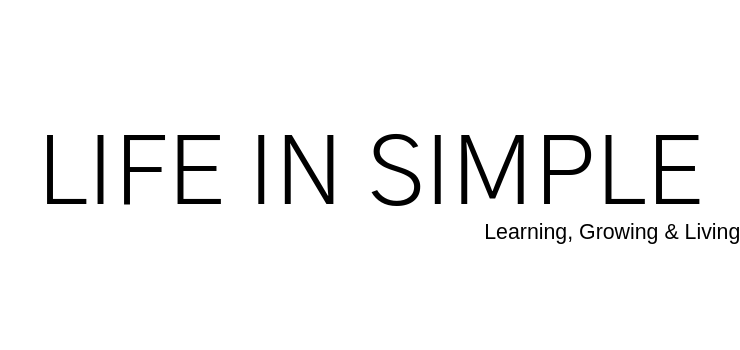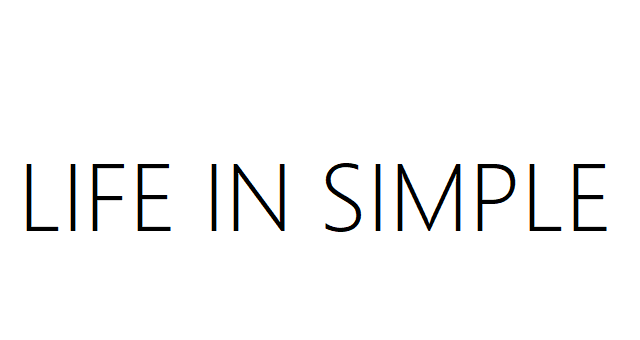The Five Best Gardening Books for New Gardeners

The Most Common Mistake Made by New Gardeners is Not Being Prepared. The Five Best Gardening Books that Helped Me.

My education started in the very best school, our home. My Mother was a housewife and my Father an Electrical Engineer. I grew up on several acres out in the country where we had chickens, horses, and a goat. There were also geese and peacocks, though I believe those were our neighbors.
My Father put in a huge garden for us and my Mother did the canning and preserving. My Father was always talking about being prepared and planning for emergencies. Gardening was one of the many skills he taught me early on. I remember being so small I could barely reach the handles of the rototiller. My Father stood behind me and helped me guide it over the ground, and it was the richest, blackest and softest soil ever. I was hooked.
My Father didn’t use chemicals or poison in our garden. He preferred to go into the garden every day after work to pick all the bugs off by hand. I remember showing my Mother how Dad had shown me how to kill bugs with my bare hands. My mother was not impressed. The chickens, on the other hand, enjoyed the bounty of bugs we brought them.

Continued Education with Grandma
My education didn’t end at home. My Grandmother and Grandfather also had a hand in teaching me. Grandmother had a beautiful garden full of bright blooms, vegetables, and fruit trees. Where my Father was practical and technical in gardening, my Grandmother was artistic and flowing. Both had green thumbs and I assisted them for years digging in the dirt, pulling weeds, planting seeds and flowers, and removing insects from the garden by hand.
When I was finally ready to garden as an adult I didn’t want to fail but I also didn’t want to ask for help. I will try until I’m red in the face or hit a brick wall before I ask for help. It’s a blessing and a curse. So I bought and read several books on gardening. I spent an entire winter reading and planning and dreaming about my garden.
Often I would check the position of the sun several times a day to see where the sun fell on my chosen garden site. I was out there one day measuring and planning when my neighbor came out with all her plants, seeds and starters in hand. She looked at me and said with a confident smile, “If you spend more time planning than gardening you won’t have anything to garden.”

You Reap What You Sow
I was so upset and hurt by the comment I pushed myself to get the garden in sooner than I was ready. I had already done the math on what amendments my soil needed based on my soil test. So I had the garden tilled and hilled soon after. I went and bought a few plants and stuck them in the ground. “There that will teach her,” I said. Soon after a frost came and wiped out all my plants and hers.
Lesson learned. I decided to leave my frost burnt plants alone as they still had one or two green leaves on them. I took soil temps and went by my areas almanac as I had originally planned to do. Planting when it said to plant and what it told me to plant. My neighbor went and bought all new plants and put them in again before me. This time I didn’t follow suit.
When I asked her what she did to her soil to prepare it she said: “Nothing, just dig a hole and stick the plant in already.” I didn’t take her advice, I waited and did everything as I had planned and followed my garden blueprint and calendar. My soil was so good that the plants I thought died came back to life. And when my neighbors garden died in the late August heat, mine was growing well into November. Plants, I thought were supposed to die in the winter, made it into the next growing season.

Lessons Learned
So what did I learn from all of this? There are some simple things you can do first before you invest in books.
- Find out what your growing zone, this will help you to know WHAT to plant.
- Find out your First and Last Frost dates, this will help you to know WHEN to plant.
- Find the location with the most amount of Southern sun, this will help you to know WHERE to plant.
- Go get a soil test done, to find out what kind of soil you have and what amendments you might need.
- Once you know what kind of soil you have to will have a good idea about drainage, or how quickly or slowly water drains away.

The Five Best Gardening Books

Maria Rodale’s Organic Gardening
This was the first book I read about gardening. I still have it and I find it both beautiful and inspiring. I still think of this book when I’m in the dreaming stage of gardening. This is hibernation mode, but as everything starts to thaw you can feel that urge to get outside. The sun teases you with its warm rays through the window but still crisp cold air bites you when you do outside. You know spring is around the corner when you see the crocus flowers popping up through the snow. This is the book that is going to drive you and inspire you with its beautiful images and seasonal planner.

Steve Solomon’s Gardening When it Counts
This I would say is the holy grail of gardening books. I literally follow this book to a “T” and it doesn’t fail. Growing Food in Hard Times is the subtitle. But it couldn’t be truer. This book follows old methods but tried and true. I almost repurchased this book because I had left my original back in Oregon when I moved to Upstate New York. Thankfully our recent trip back home I was able to get those books out of storage. If you invest in only one gardening book, this is the one you should get. Such a wealth of knowledge but definitely not for the faint of heart. Making “tea” for your garden might make you run screaming for the hills.

Louise Riotte’s Carrots Love Tomatoes
This is another book you are going to want to get if you’re serious about gardening and not using chemicals in your garden. Companion planting is a form of gardening going back to the Native people of America, and I’m sure even before them. Our ancestors passed down many of the farming methods we use today. We’ve grown and improved these techniques over the years. This form of gardening uses the power of companion planting or using some plants to strengthen other plants to help them ward off disease and pests. It also helps you to know what plants you should not plant together. Definitely a book you want in your gardening arsenal.

Stu Campbell’s Let it Rot!
I mentioned amendments to the soil. If you don’t know what amendments are they are like ingredients. If you want your cake to rise you need certain ingredients to make it soft, fluffy, moist and delicious. Same goes for your soil. You want it soft, fluffy and moist so your plants produce delicious healthy fruits and vegetables. Amendments are how you get that. Compost is a great one you can make yourself from your own kitchen scraps and yard waste. This book will teach you the simple skills you need to learn how to cut down on waste in the home while at the same time re-purposing it for your garden. It’s like giving your waste a new life in the form of produce.

Stu Campbell’s The Mulch Book
I apparently really like Stu Campbell. This book is great for learning about the beneficial use of mulch. What is mulch? Think of it as a blanket for your plants. The most common mulch is the cedar wood chips you see around flower beds. But that isn’t the only form of mulch or it’s only purpose. Mulching helps your garden and beds to retain moisture, keep weeds down and in the winter can help protect plants from frost and freezing. This book will teach you all those skills and reasons why you might want to mulch too.

Bonus Books and Subscriptions You Might Want to Get
Suzanne Ashworth’s Seed to Seed, seed saving and growing techniques for vegetable gardeners.
Mother Earth News, the original guide to living wisely.
Backwoods Home, practical ideas for self-reliant living.

About The Author
Sandra
Related Posts
Garden Planning 101: For New Gardeners
When you’re a new gardener where do you begin with garden planning? Here…
April 29, 2019Life in Simple: Learning, Growing and Living Life in Simple
Welcome to Life in Simple! Join us on our adventure to live a more simple…
March 23, 2019


